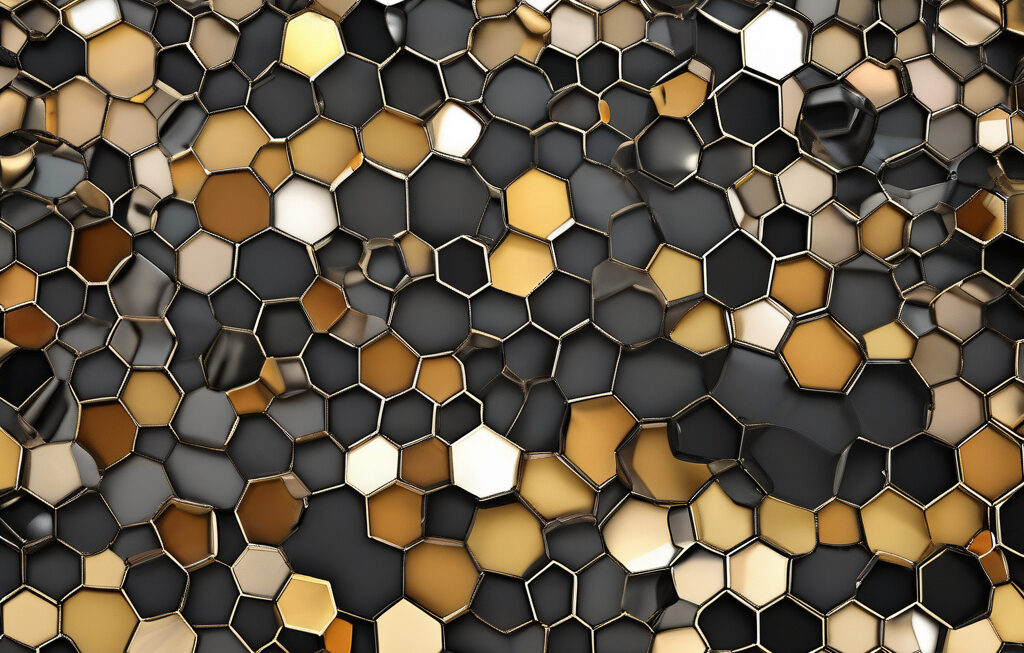Quantum Sandwich: Scientists Merge ‘Impossible’ Materials for Next-Gen Computing
Researchers led by Rutgers University-New Brunswick have successfully merged two lab-synthesized materials—each previously deemed “impossible”—into a groundbreaking new compound with immense potential for revolutionizing the world of computing. This innovative approach, akin to creating a quantum sandwich, combines the unique properties of these materials to unlock unprecedented opportunities in the realm of quantum technology.
The first material, known for its exceptional ability to trap and manipulate light at the nanoscale, has long been revered for its potential applications in photonics and quantum computing. However, its practical utility had been limited by challenges in integrating it with other materials. On the other hand, the second material boasts remarkable magnetic properties that are crucial for the development of advanced computing systems. Yet, due to its complex structure, researchers had previously struggled to incorporate it into functional devices.
By merging these two seemingly incompatible materials, the research team has not only defied conventional wisdom but also opened new avenues for harnessing their combined strengths. The resulting compound exhibits a synergistic effect, where the unique characteristics of each material complement and enhance the other, leading to a novel material with unprecedented functionalities. This breakthrough paves the way for the development of ultra-efficient quantum computers, high-speed data processing systems, and advanced sensors that could transform various industries.
One of the key advantages of this new material lies in its potential to enable the creation of qubits, the fundamental units of quantum information processing. Qubits, which can exist in multiple states simultaneously, are essential for performing complex calculations at speeds far beyond the capabilities of classical computers. By leveraging the properties of the merged materials, researchers aim to construct stable and controllable qubits that could form the basis of future quantum processors.
Moreover, the quantum sandwich approach holds promise for enhancing the performance of existing technologies such as magnetic memory storage and quantum sensors. The ability to tailor the properties of the newly created compound offers unprecedented flexibility in designing devices with specific functionalities, thereby accelerating the pace of innovation in the field of materials science and engineering.
As the demand for faster, more powerful computing solutions continues to rise, the successful integration of “impossible” materials represents a significant leap forward in the quest for developing next-generation technologies. The synergy achieved through the merging of these materials underscores the importance of interdisciplinary collaboration and bold experimentation in pushing the boundaries of scientific discovery.
In conclusion, the fusion of previously incompatible materials to create a quantum sandwich marks a remarkable achievement in the field of materials science and quantum technology. By overcoming the limitations of individual components and harnessing their combined potential, researchers have set the stage for a new era of innovation in computing and beyond. The ripple effects of this breakthrough are poised to shape the future of technology and propel us towards a world where the seemingly impossible becomes achievable.
#QuantumTechnology, #NextGenComputing, #MaterialsScience, #Innovation, #RutgersUniversity












